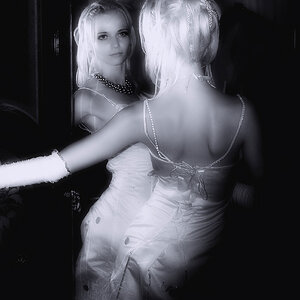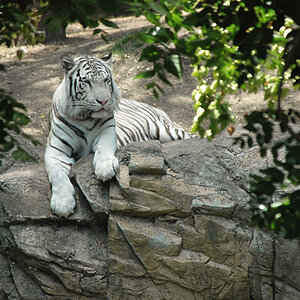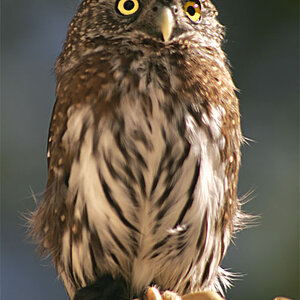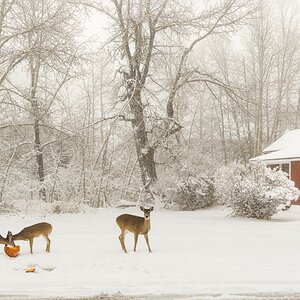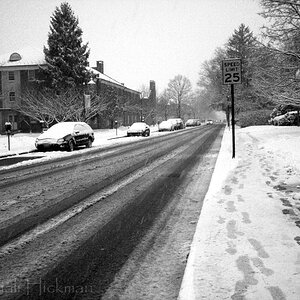squee
TPF Noob!
- Joined
- Aug 12, 2010
- Messages
- 63
- Reaction score
- 2
- Location
- Chicago, IL
- Website
- abbeynugentphotography.com
- Can others edit my Photos
- Photos OK to edit
I don't know what to call this so I couldn't even search for it. But on my shoot today my model wore a black shirt with white stripes 
They look totally fine until I size them down for proofing...

The lines don't look that jagged in the full-sized version but it's happened to a lot of them. It's almost like they're too sharp. I was wondering how to fix this and if someone could explain why this happens (just for better understanding)? Also, what does the job better? Neat Image? Photoshop? Lightroom?
Thanks guys.
They look totally fine until I size them down for proofing...

The lines don't look that jagged in the full-sized version but it's happened to a lot of them. It's almost like they're too sharp. I was wondering how to fix this and if someone could explain why this happens (just for better understanding)? Also, what does the job better? Neat Image? Photoshop? Lightroom?
Thanks guys.




![[No title]](/data/xfmg/thumbnail/35/35877-b537a0bce18fcb18b610d787610f3d3d.jpg?1619737203)
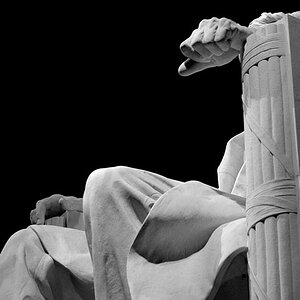
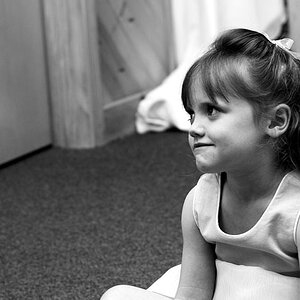
![[No title]](/data/xfmg/thumbnail/38/38261-db20f6f92ee8f0d4c5cf1536e308638b.jpg?1619738546)
![[No title]](/data/xfmg/thumbnail/35/35869-2e4166624c383d0d2dec81e5b0f6e5dd.jpg?1619737196)
